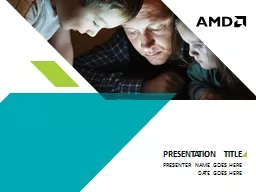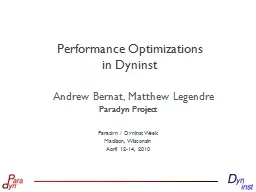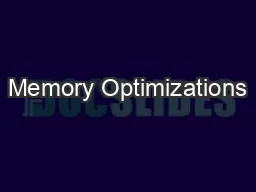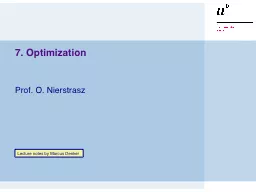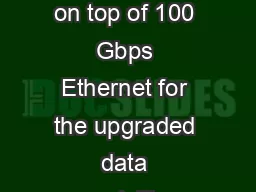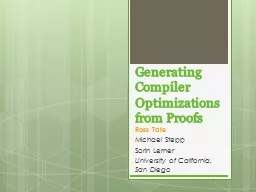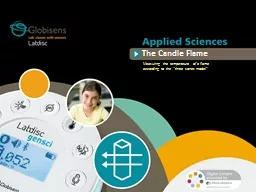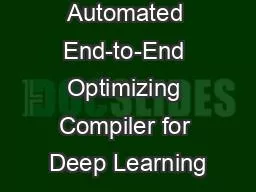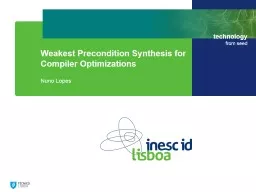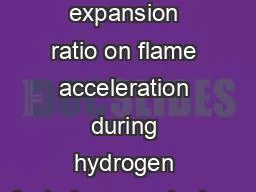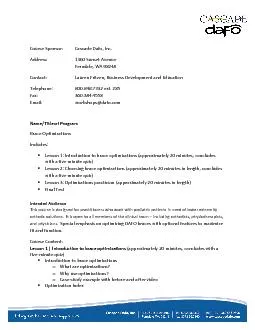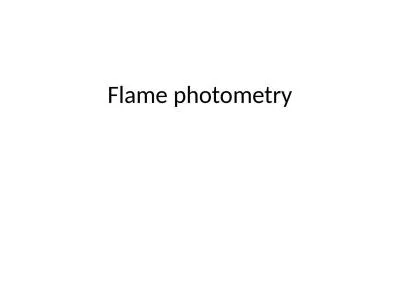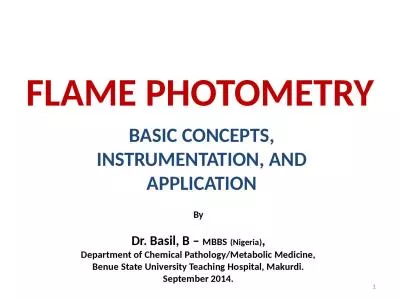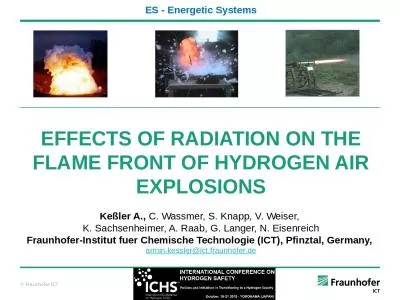PPT-lib flame optimizations
Author : trish-goza | Published Date : 2018-09-21
with BLIS Kiran varaganti 19 September 2016 Contents Introduction libFLAME Baseline Performance Cholesky QR LU factorization Analysis Optimizations Summary Introduction
Presentation Embed Code
Download Presentation
Download Presentation The PPT/PDF document "lib flame optimizations" is the property of its rightful owner. Permission is granted to download and print the materials on this website for personal, non-commercial use only, and to display it on your personal computer provided you do not modify the materials and that you retain all copyright notices contained in the materials. By downloading content from our website, you accept the terms of this agreement.
lib flame optimizations: Transcript
Download Rules Of Document
"lib flame optimizations"The content belongs to its owner. You may download and print it for personal use, without modification, and keep all copyright notices. By downloading, you agree to these terms.
Related Documents

